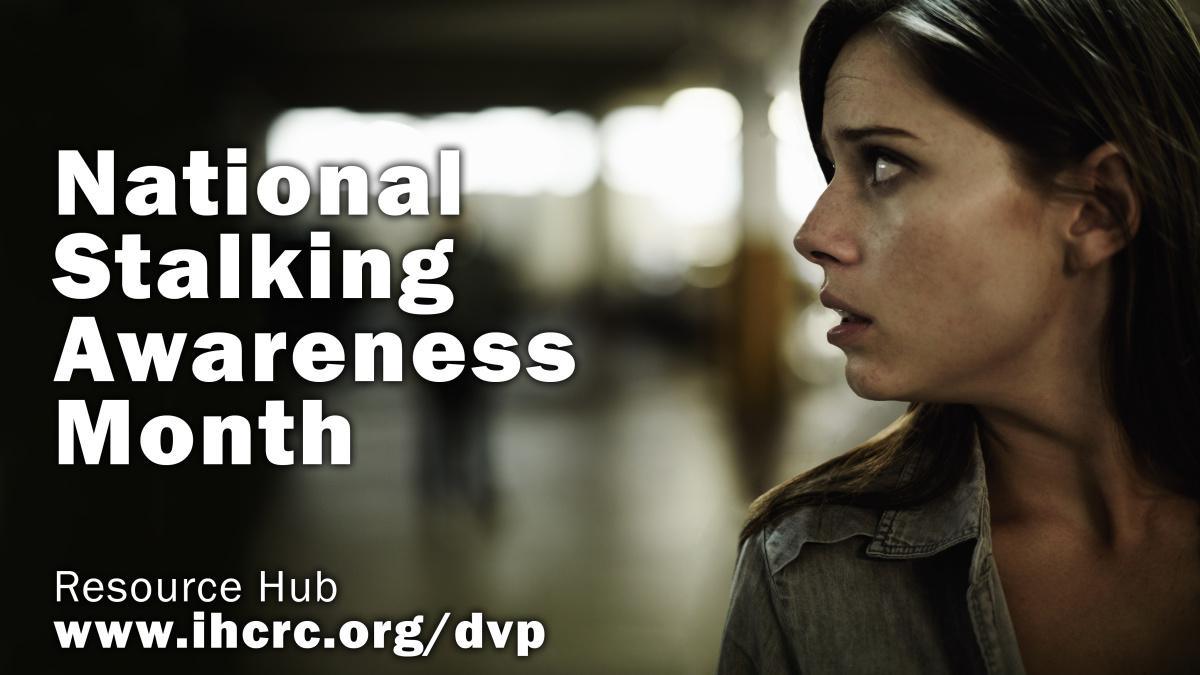January is National Stalking Awareness Month, a time to pause and reflect on the prevalence of stalking in our daily lives. It’s estimated that 7.5 million people are stalked each year in the United States alone – with women being more likely to be targeted than men. Let’s take a deep dive into why women face more risks from stalkers, what signs to look out for, and how to best protect yourself if you ever find yourself in this situation.
The Impact of Stalking on Women
In addition to physical and psychological harm, stalking can have financial repercussions for those affected by it. Many victims feel the need to move, change jobs or even go into hiding to stay safe from their stalker—all of which come with extra costs associated with them. Additionally, some employers may not be willing to provide a victim with paid leave or other accommodations necessary for them to remain safe while at work and out of sight from their stalker. That puts women at greater risk for economic instability if they are unable to continue working due to fear of being stalked by an ex-partner or another individual who poses a threat.
Protecting Yourself
If you think you are being stalked, there are several steps that you can take in order to ensure your safety and well-being. It’s important to remember that there is no “one-size-fits-all” solution when it comes to addressing potential stalking behavior – each situation is unique and must be handled accordingly. However, here are some general tips on how you can identify and address potential stalking behavior:

No one should have to live in fear because of a stalker but unfortunately, millions of people face this reality every year. January is Stalking Awareness Month so now is the time for us all to act and learn more about how we can better protect ourselves against this very real threat. Whether it’s staying informed on the latest news related to stalking or taking practical steps like those outlined above, everyone has a role play when it comes preventing cases like this from happening in the future. Let’s work together towards creating a safer world for everyone!
Resources are available if you are experiencing stalking. Visit www.ihcrc.org/dvp for more information.

